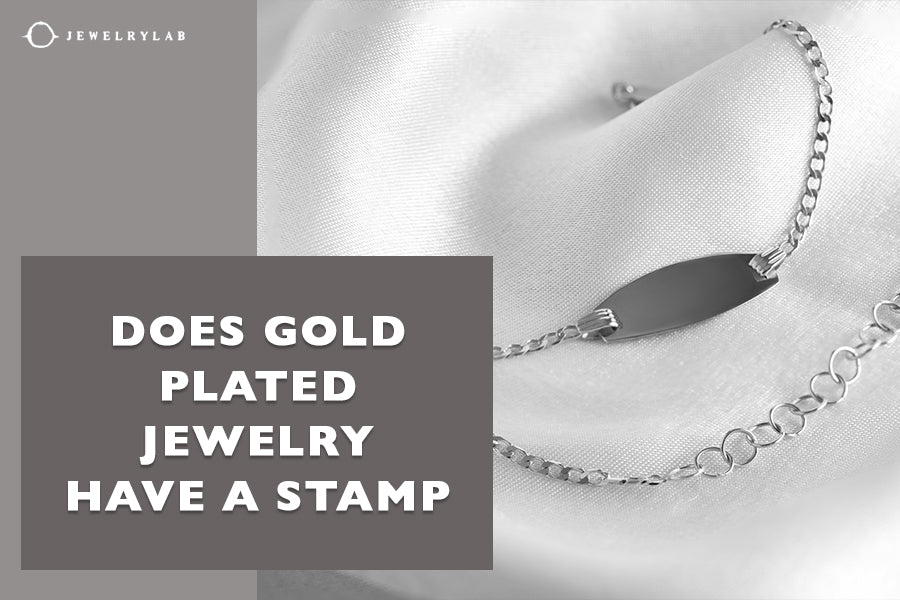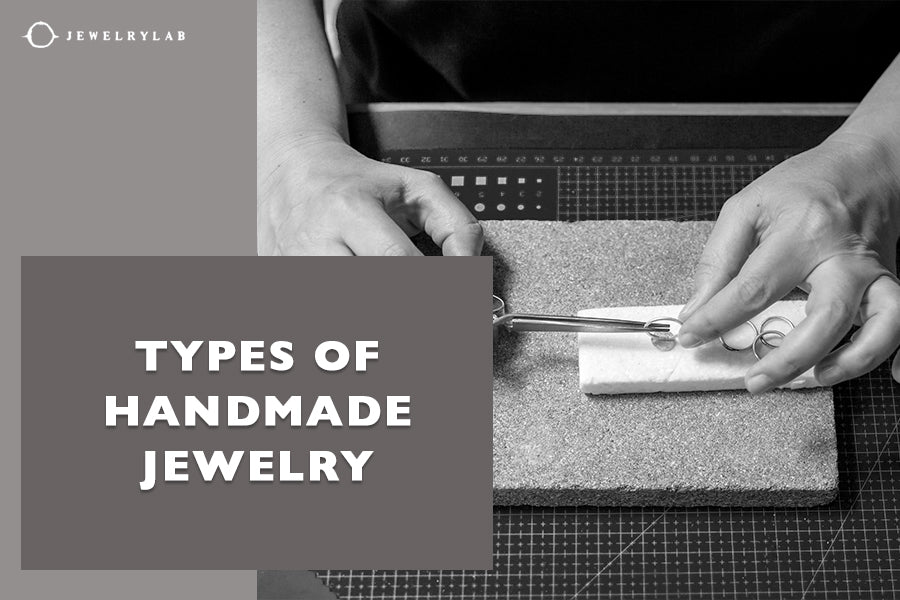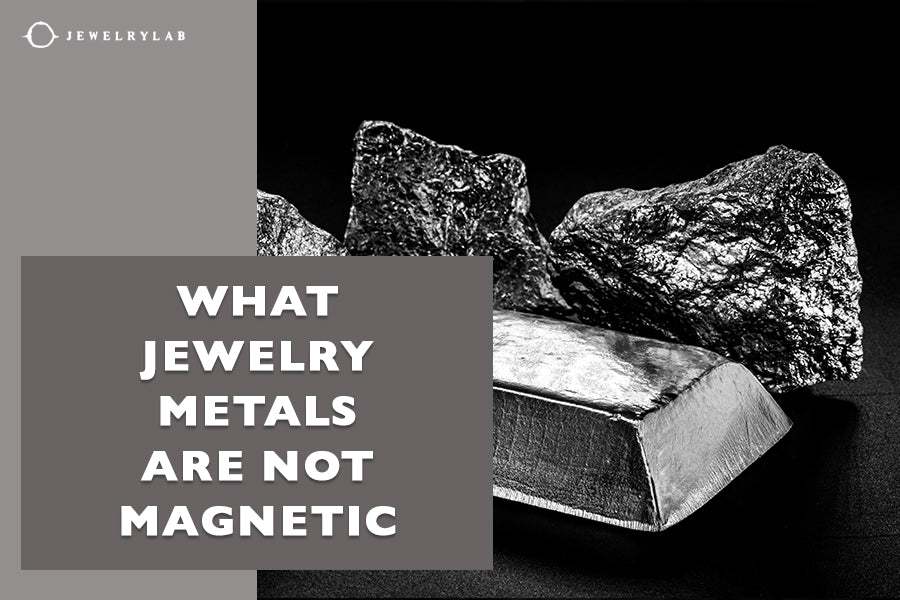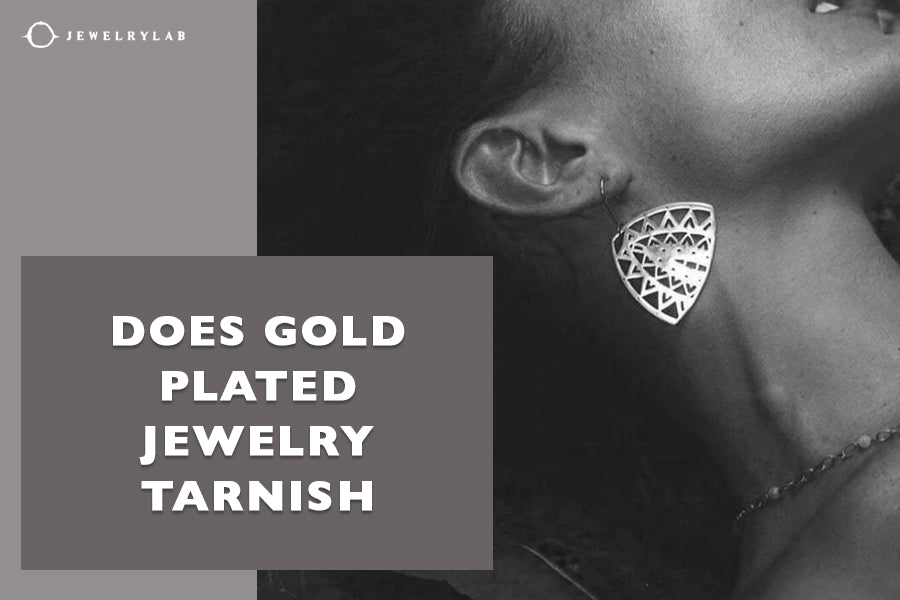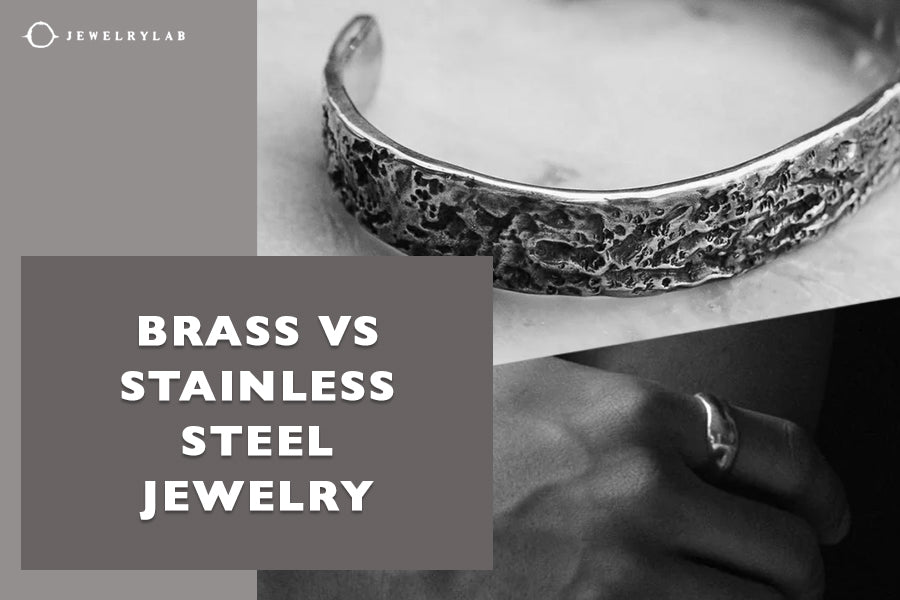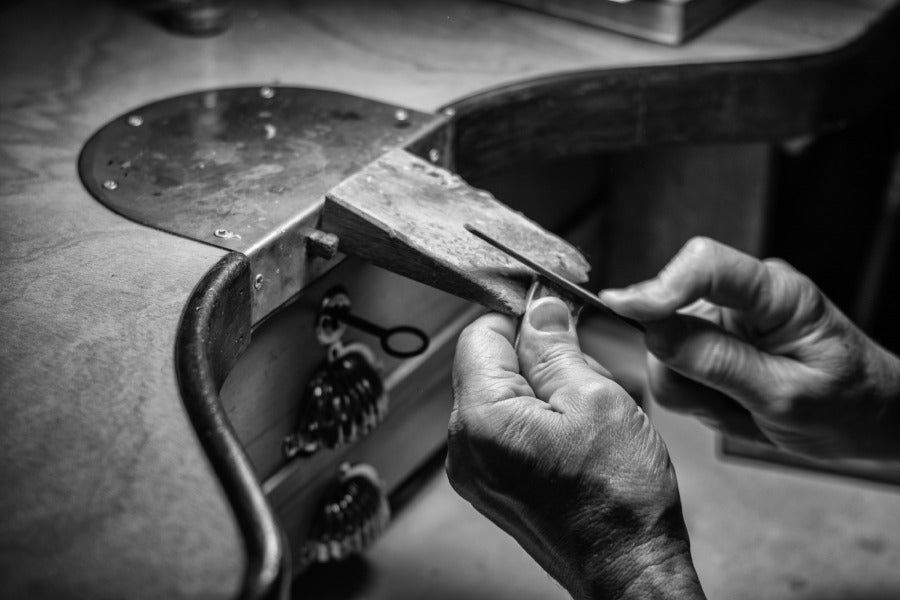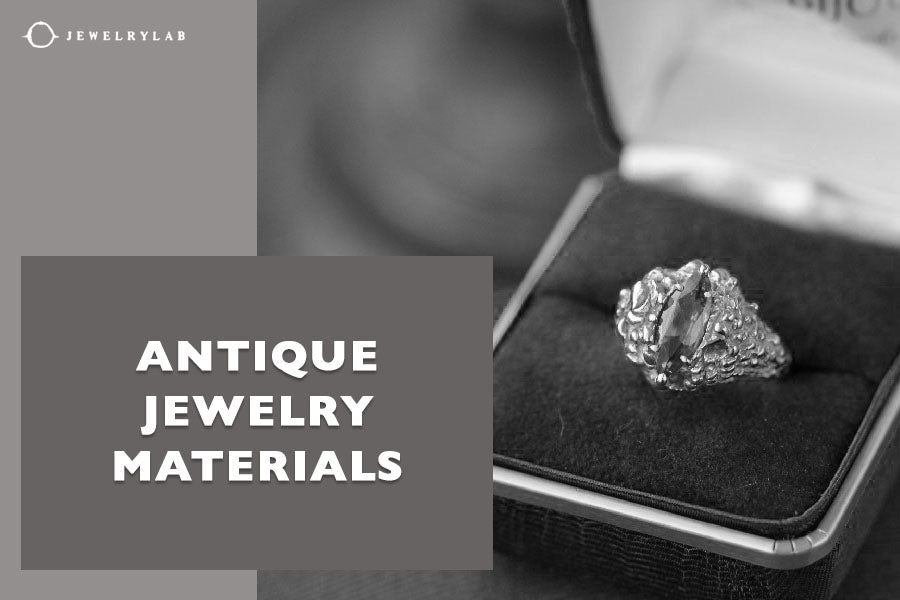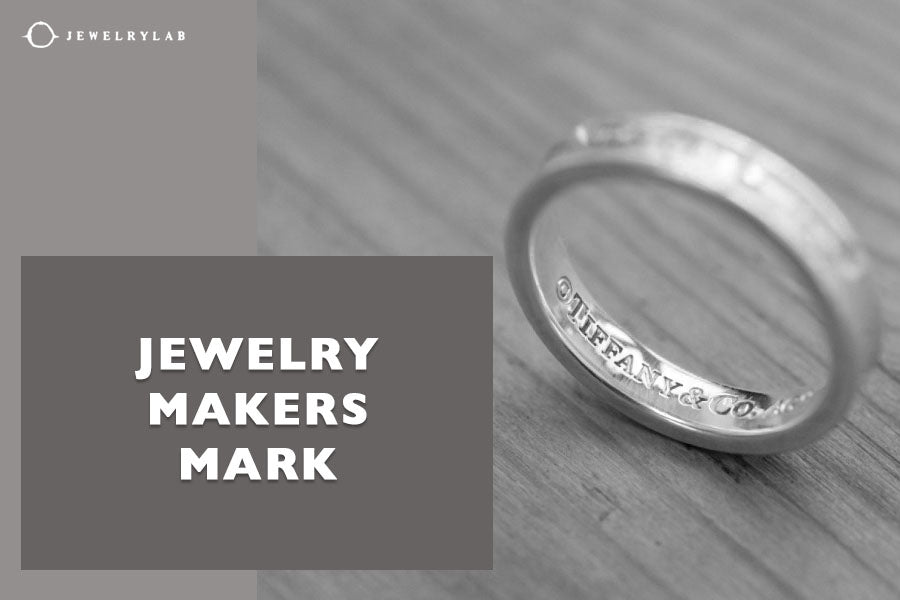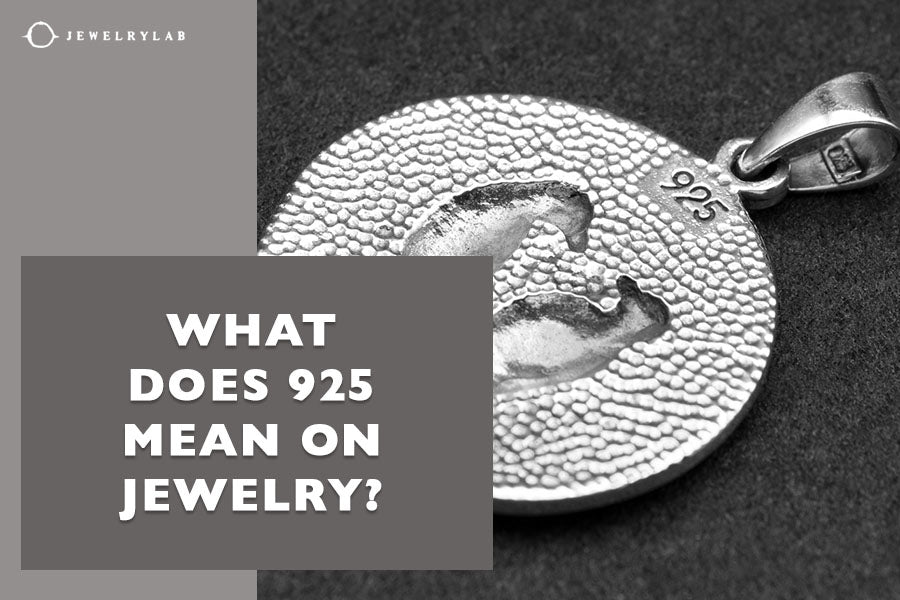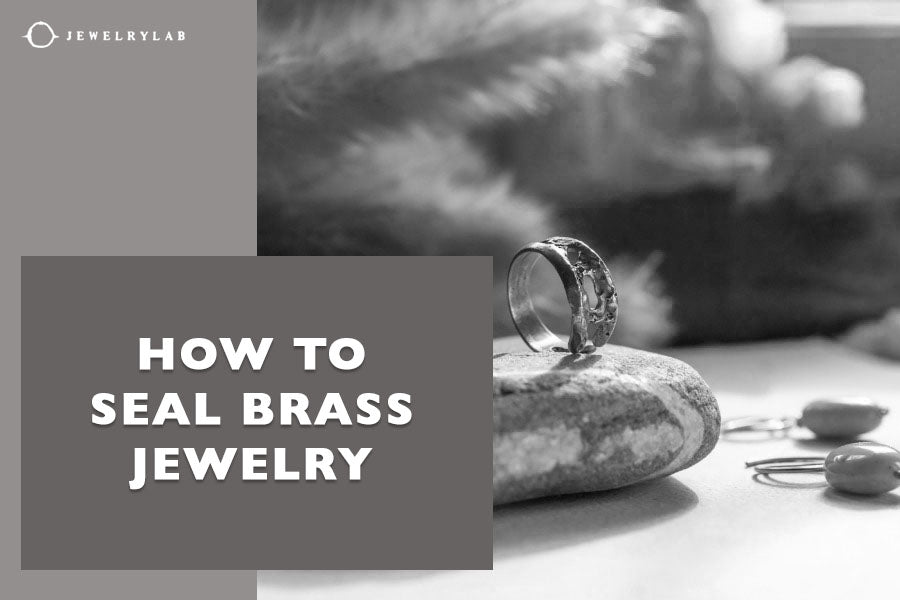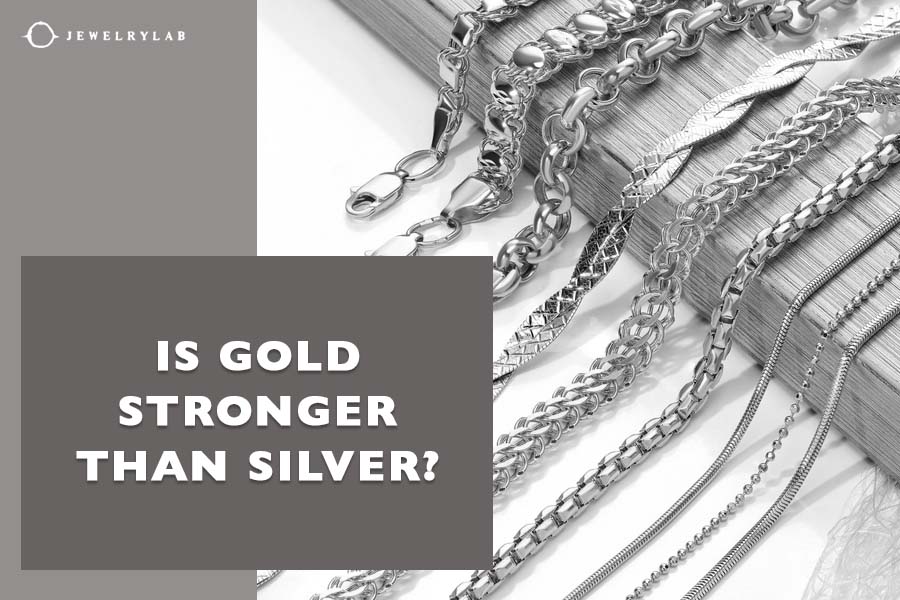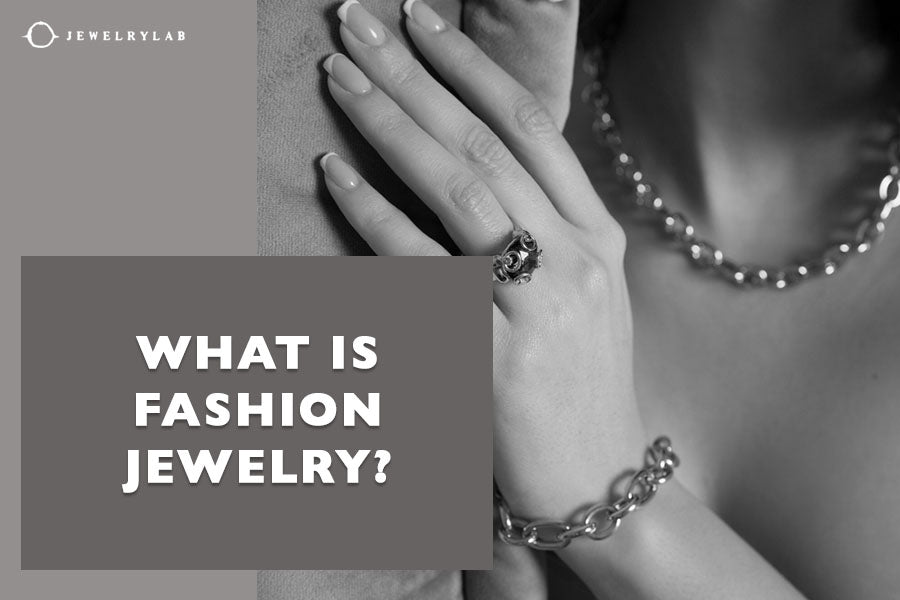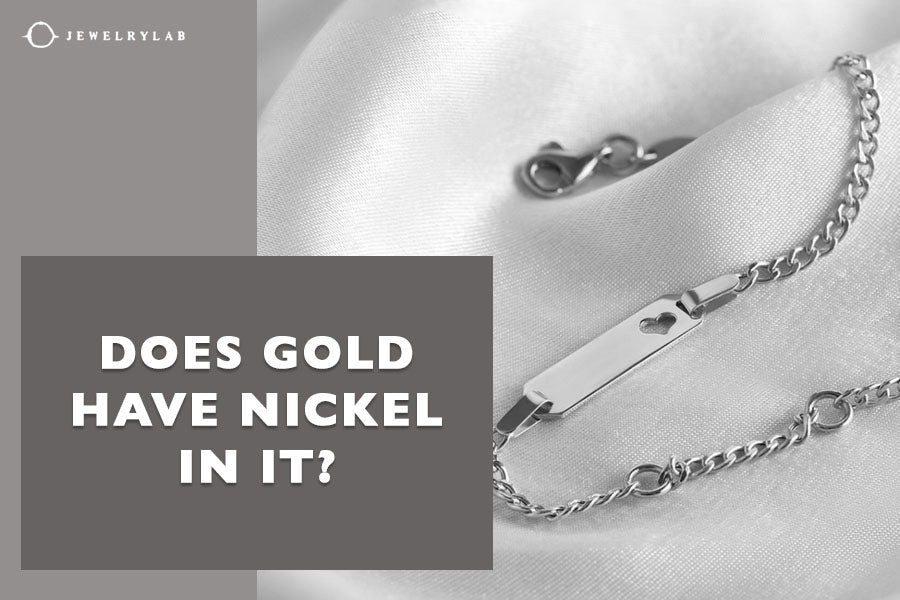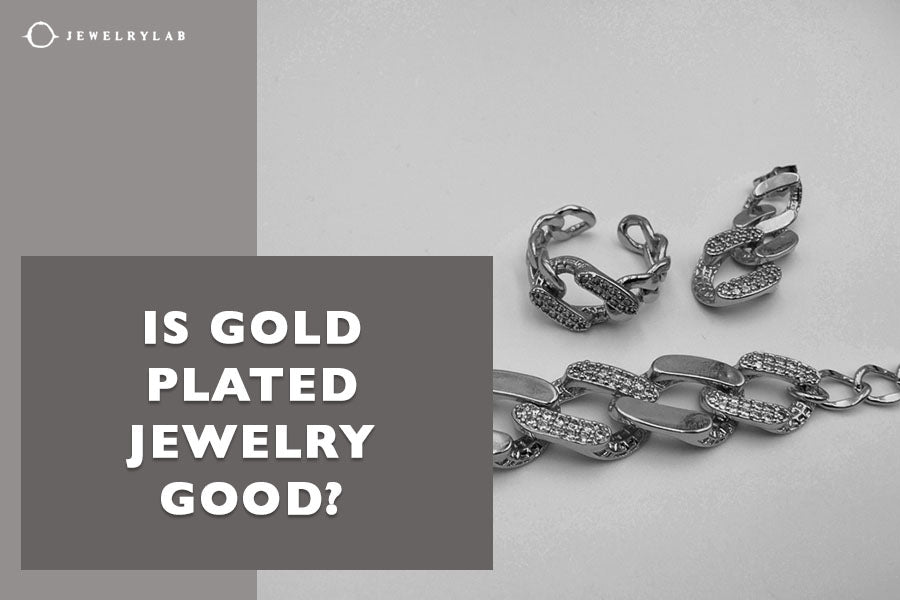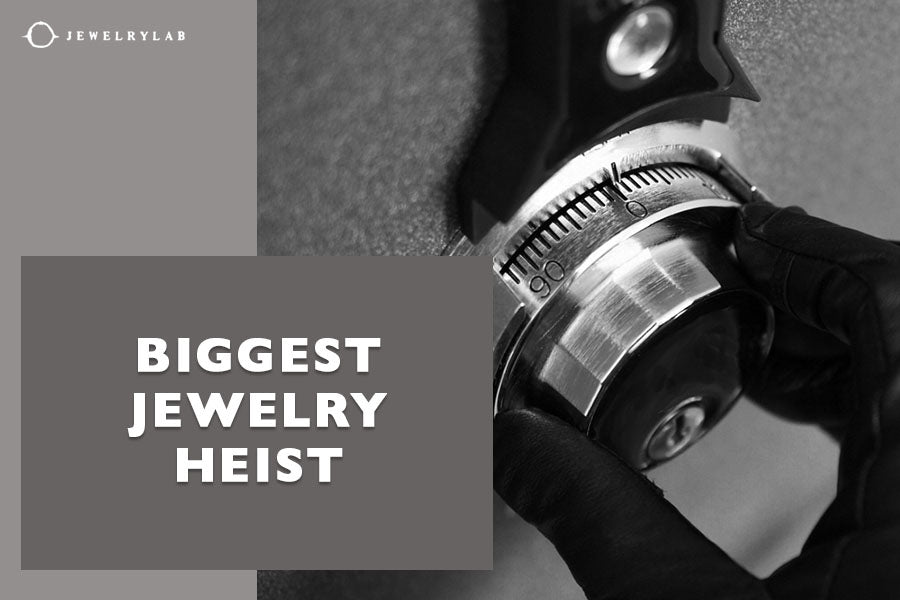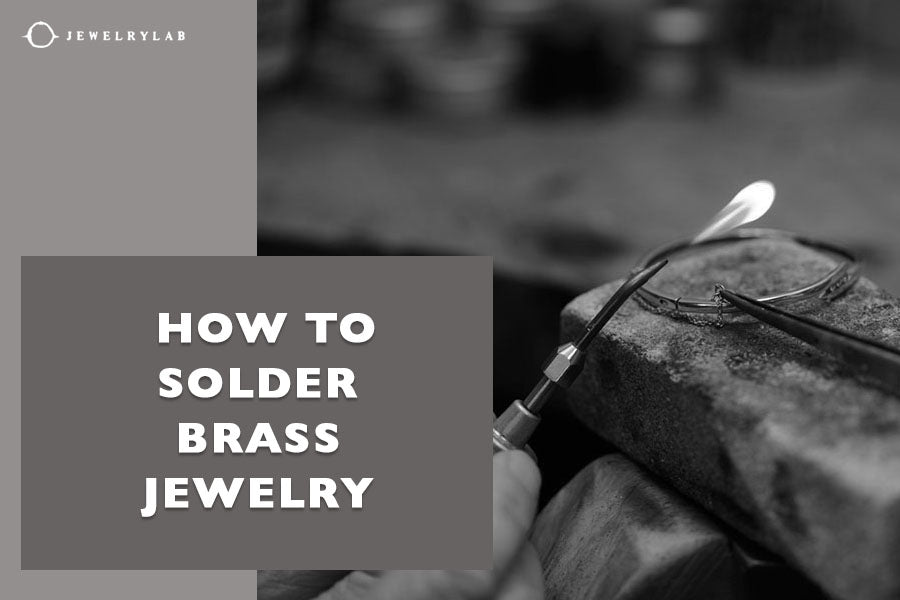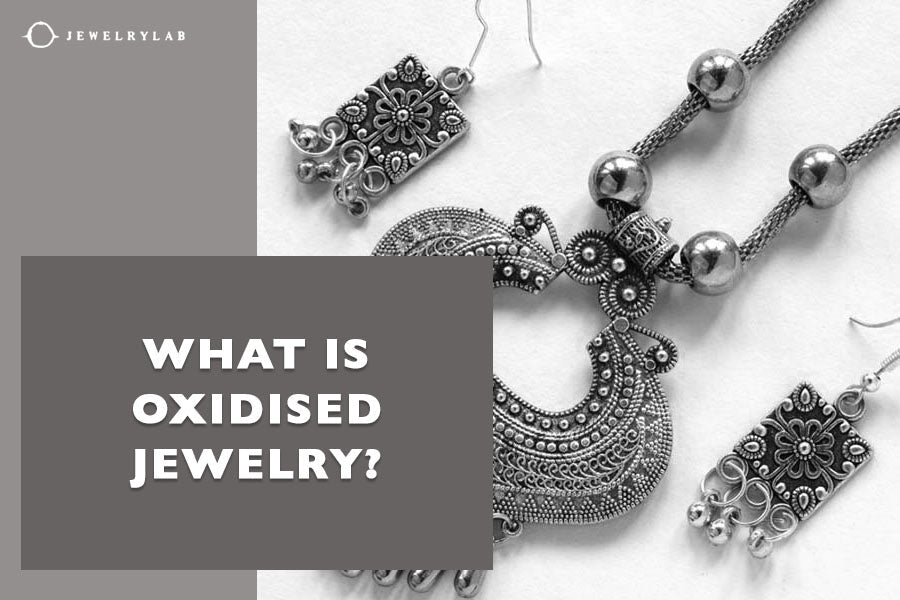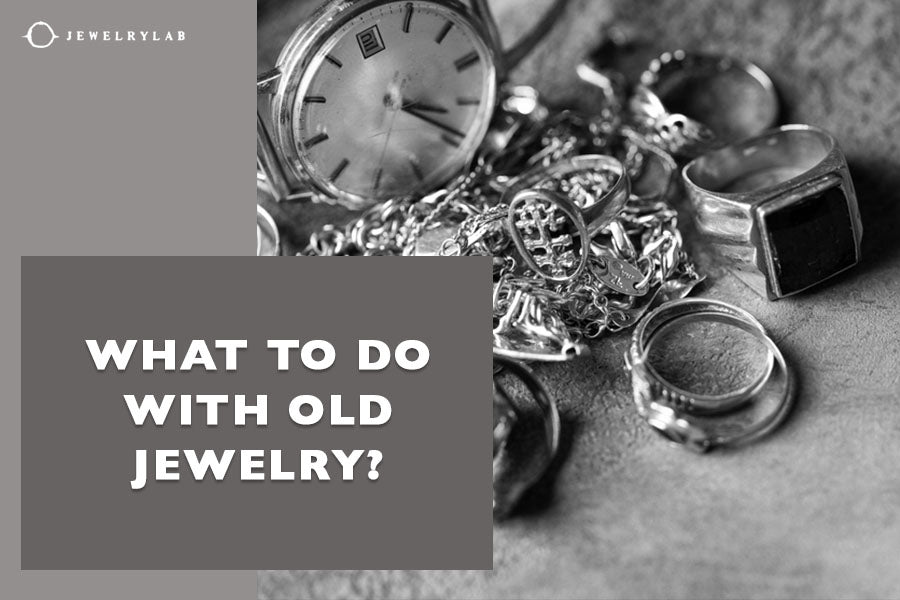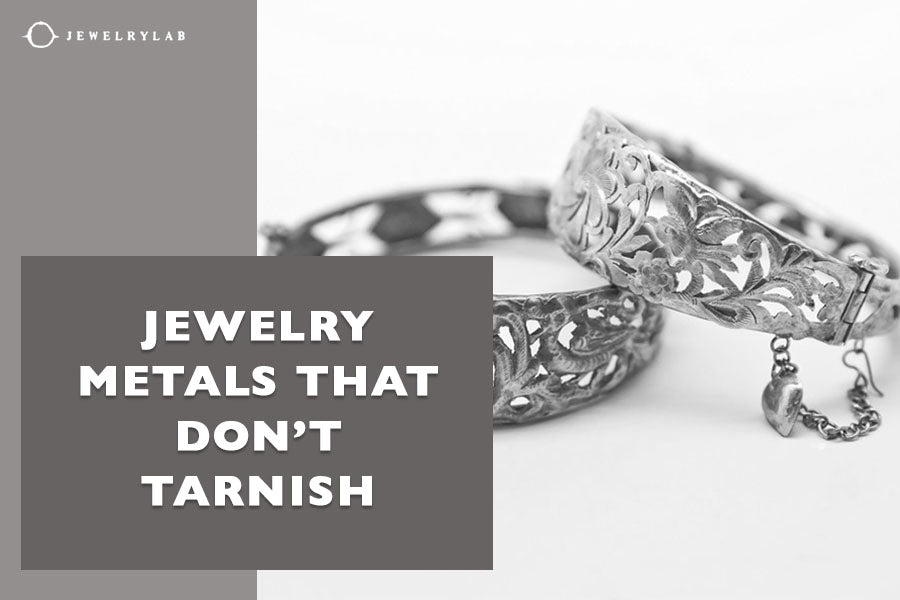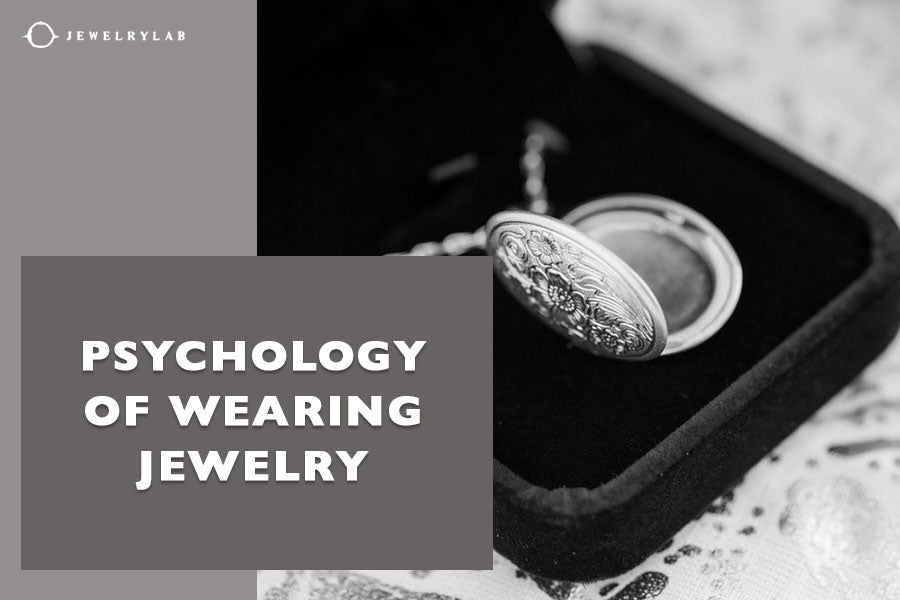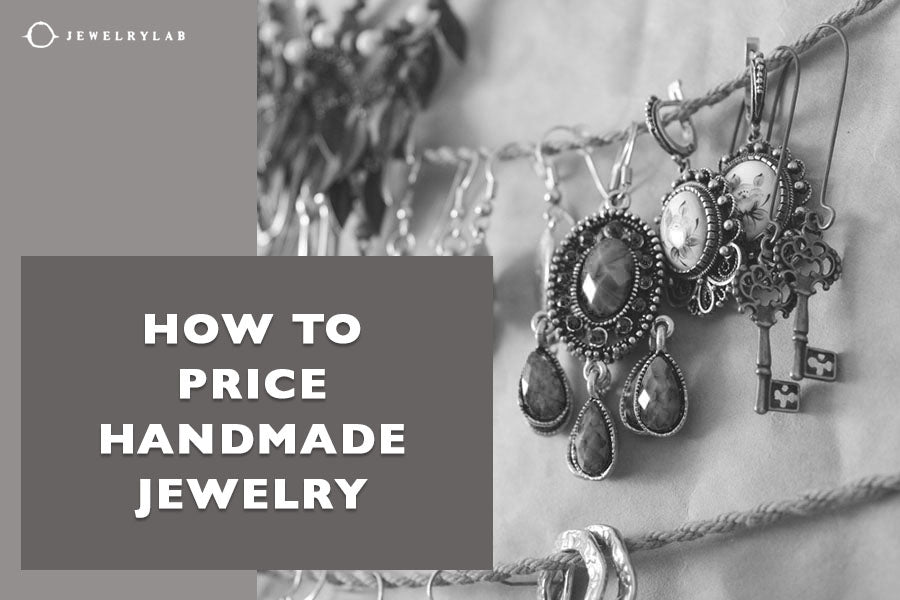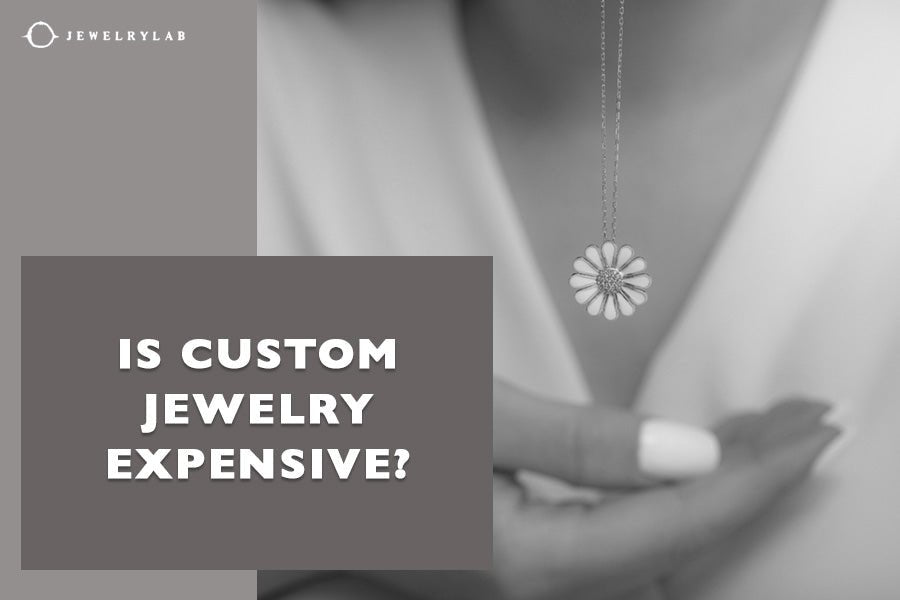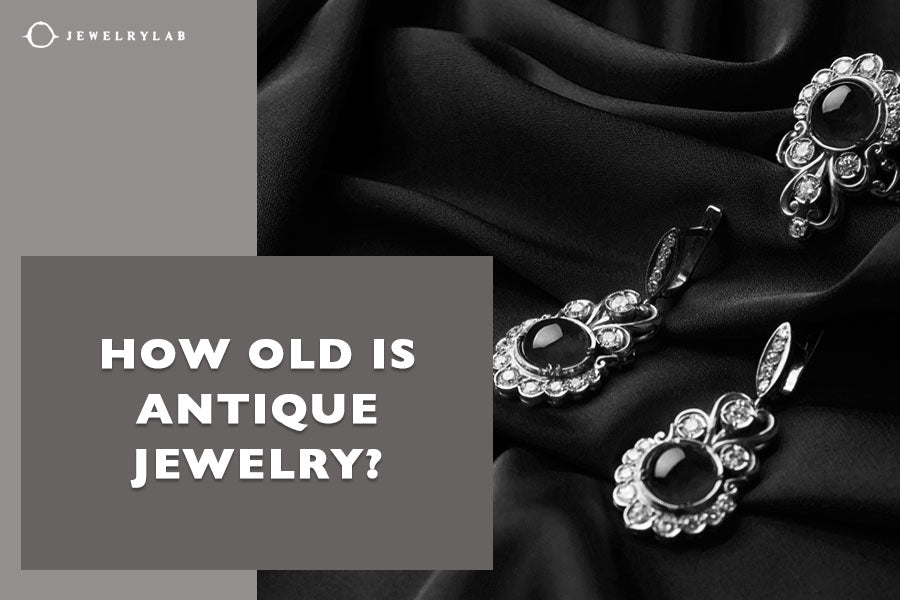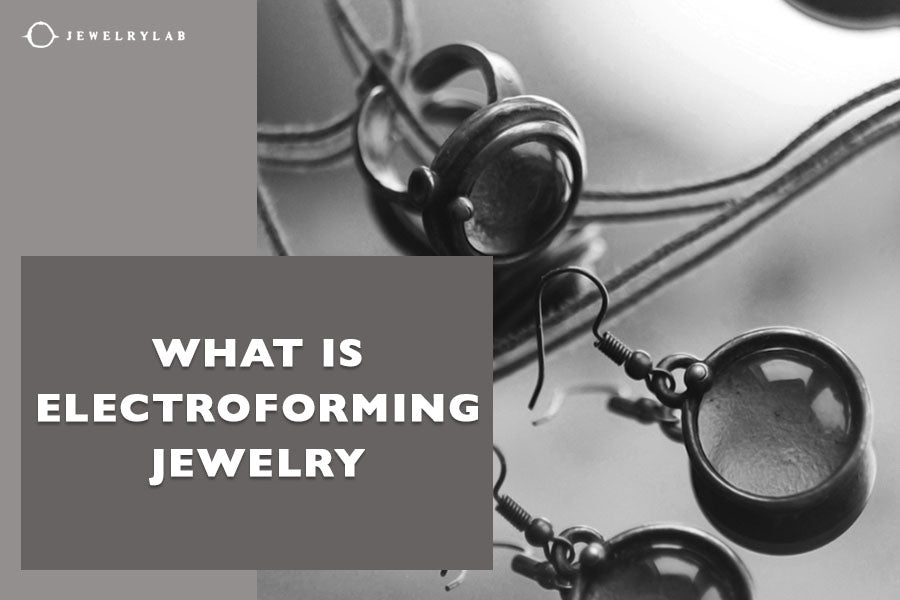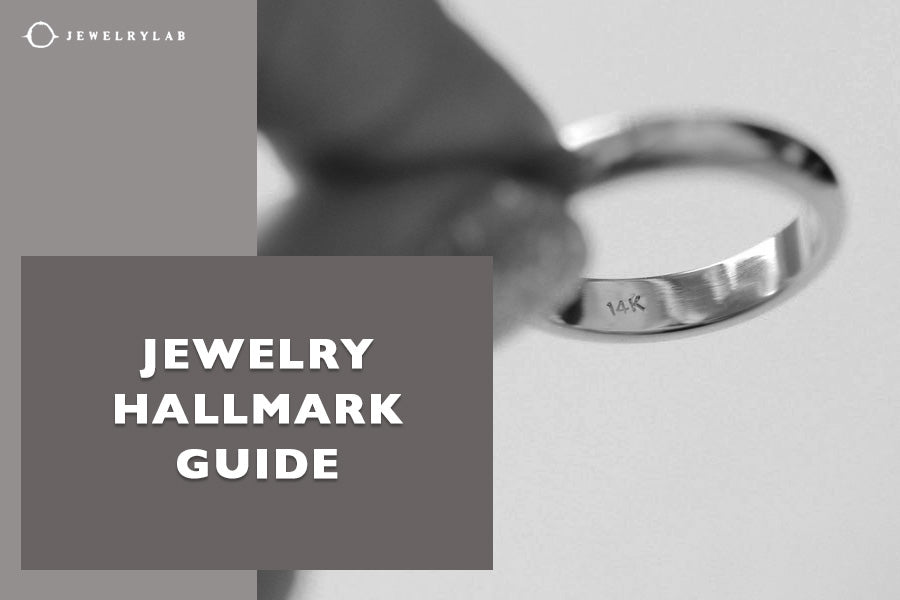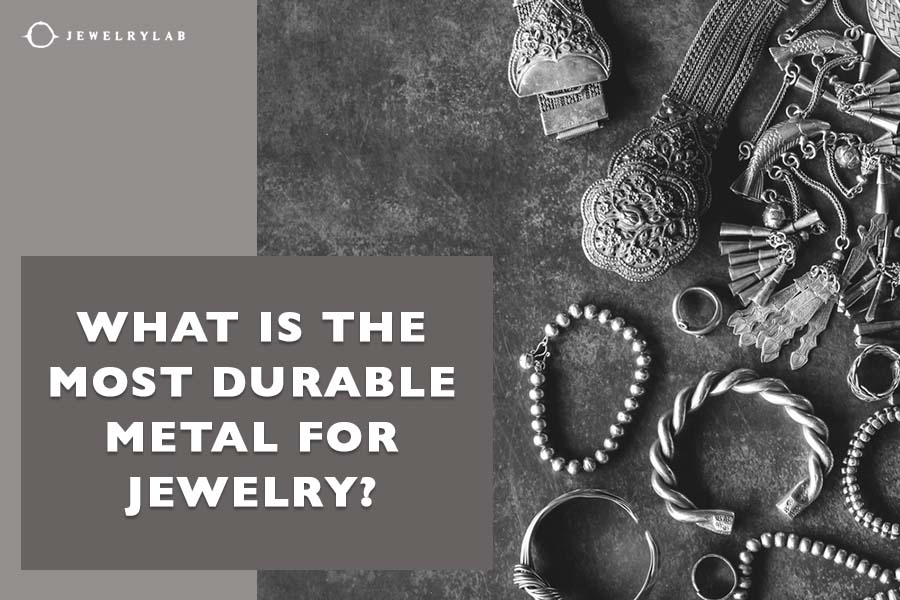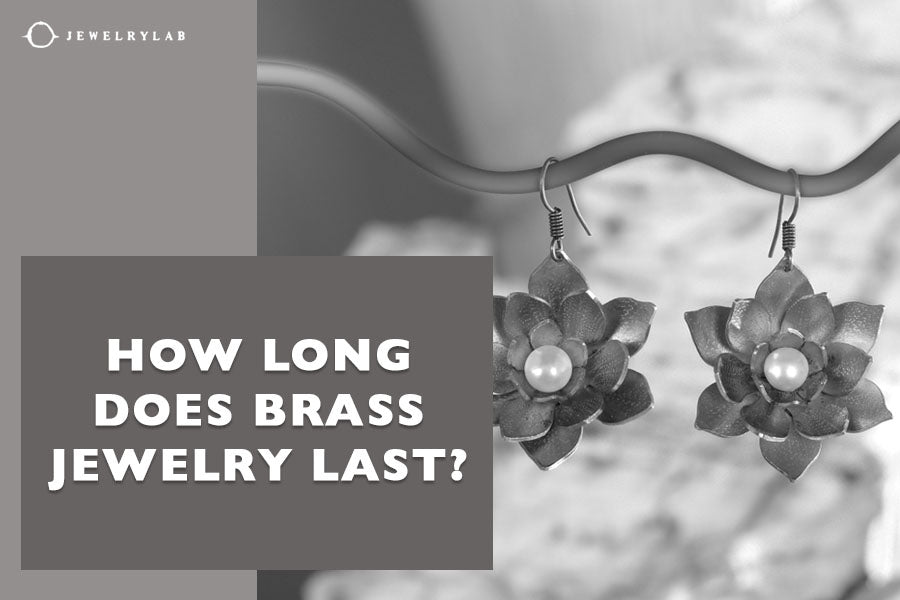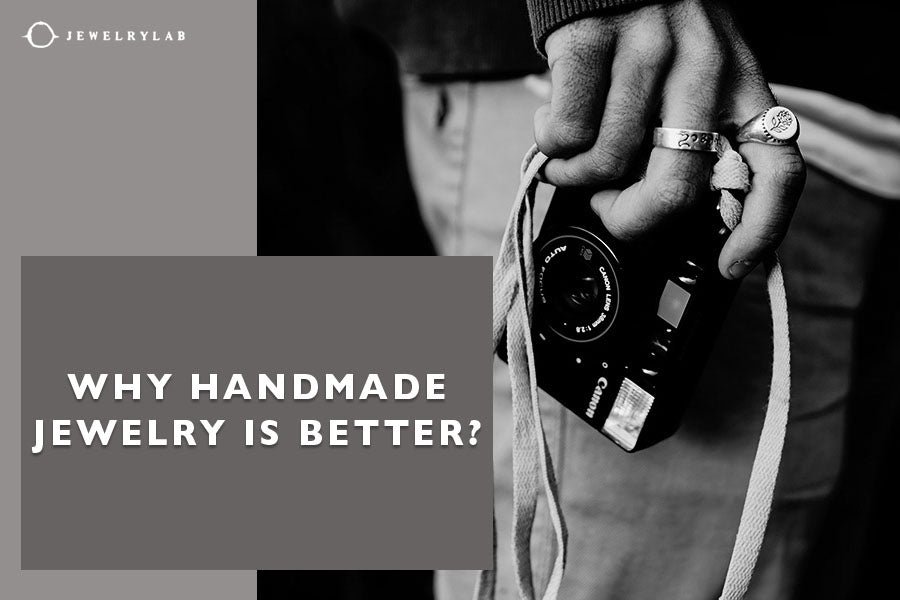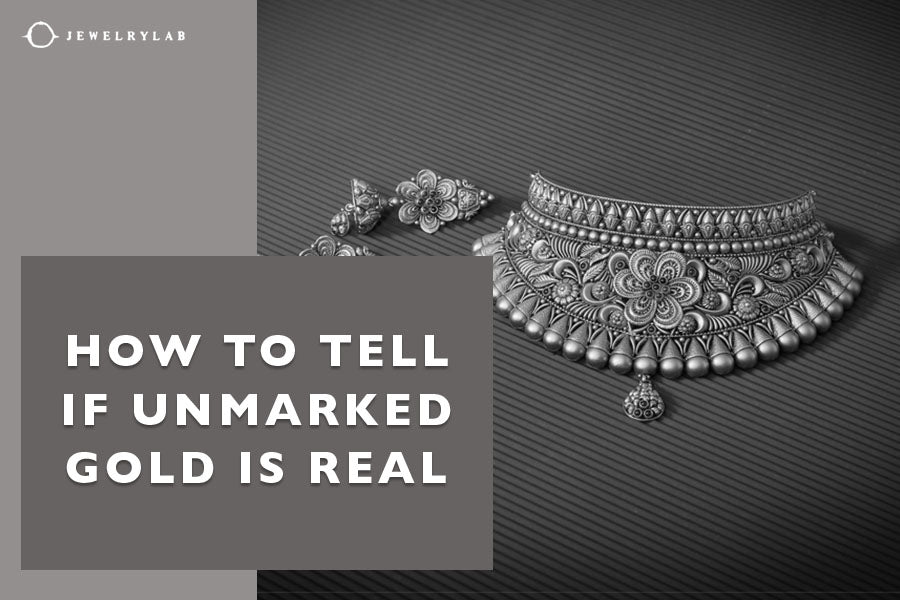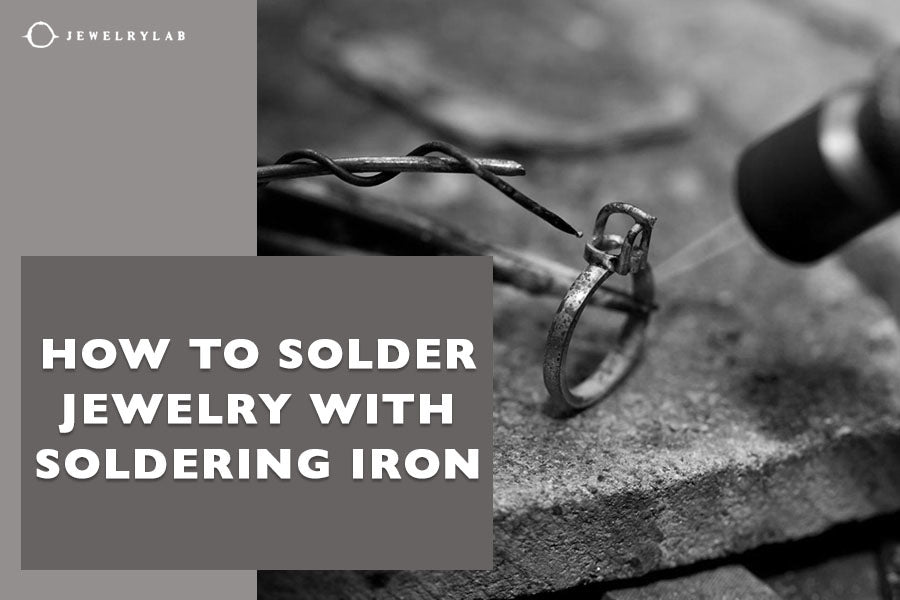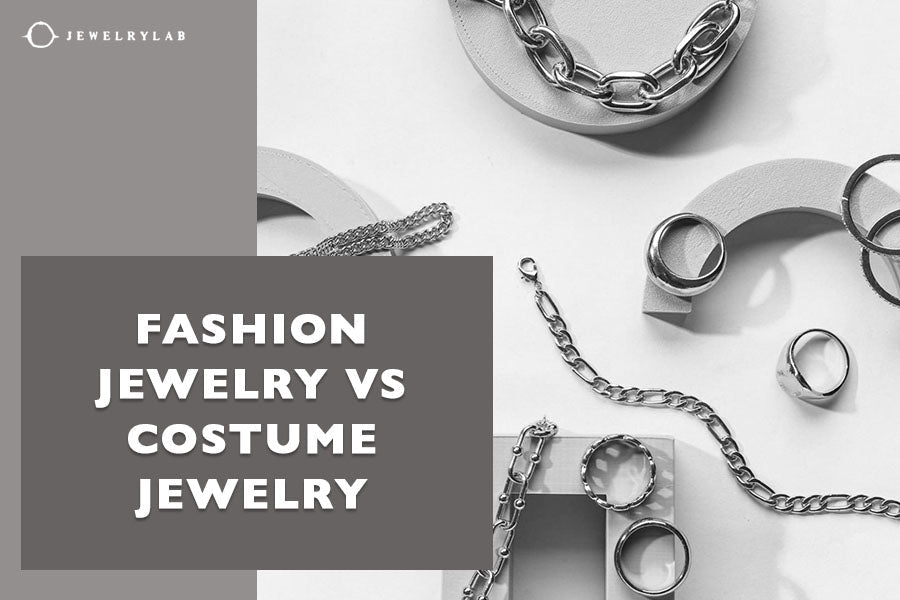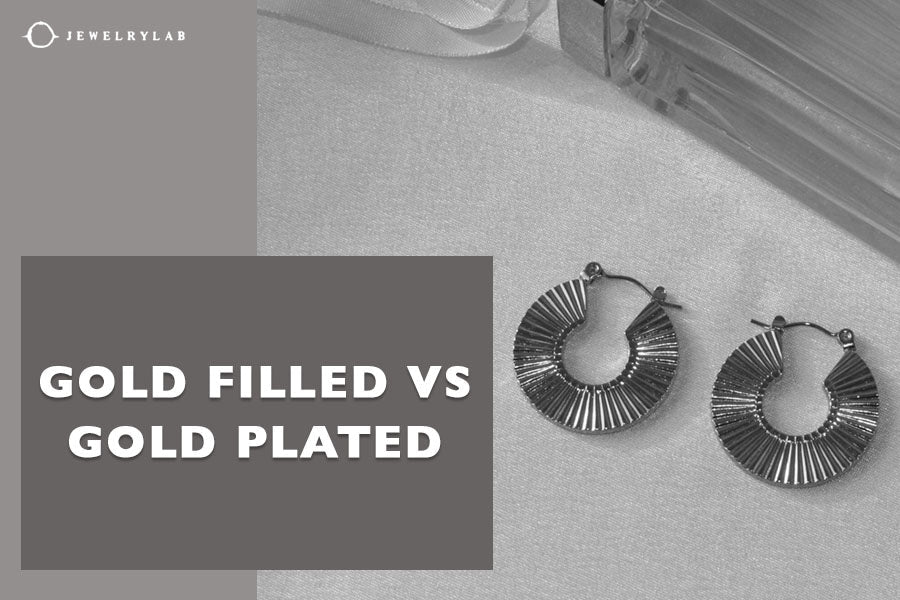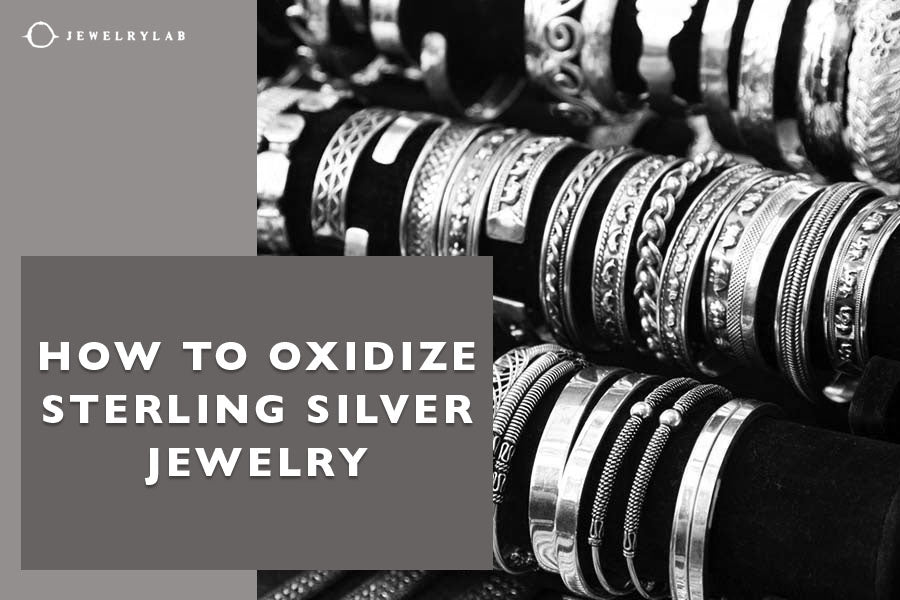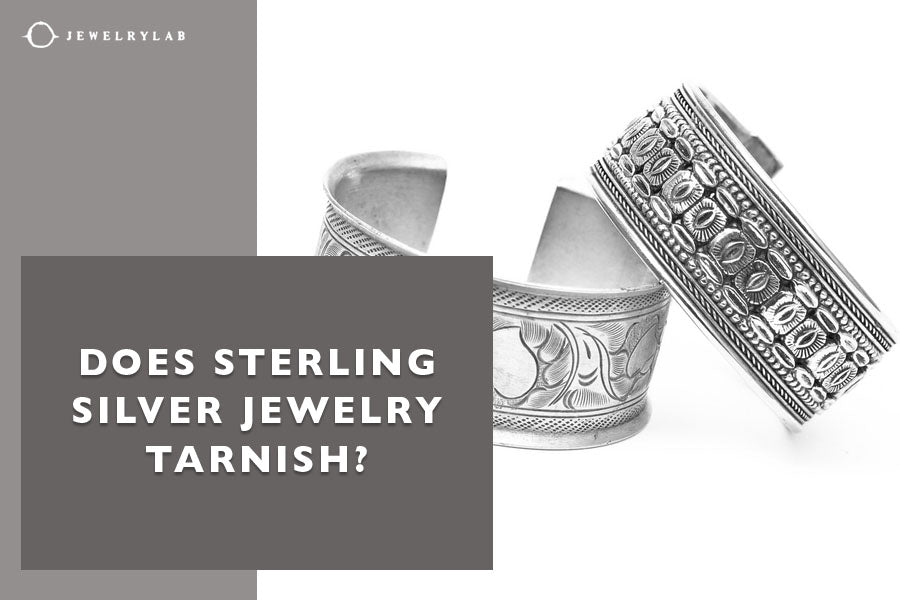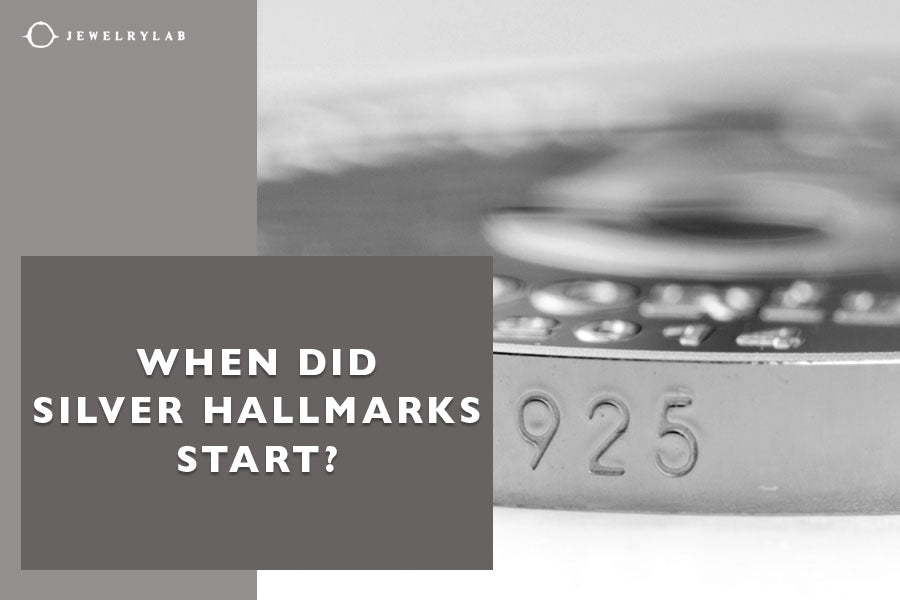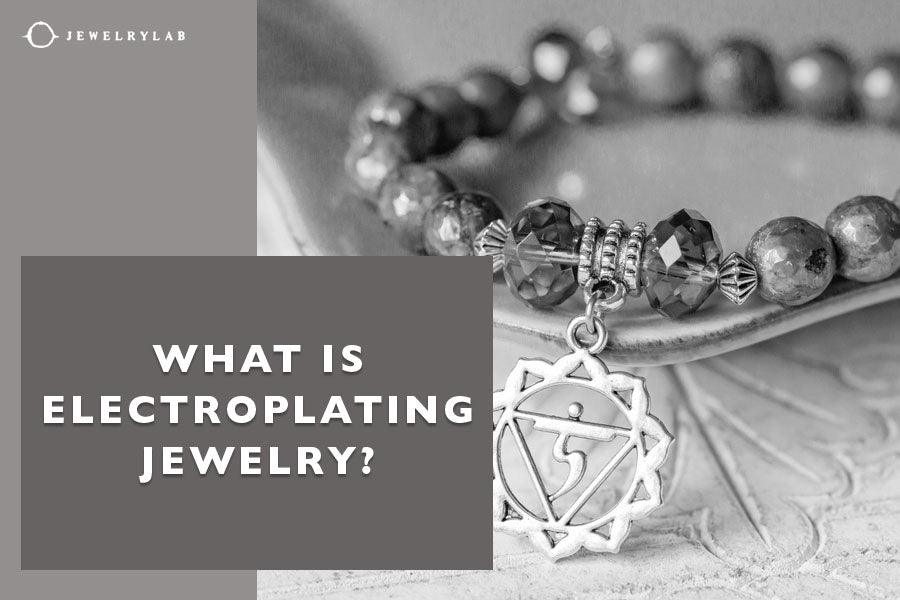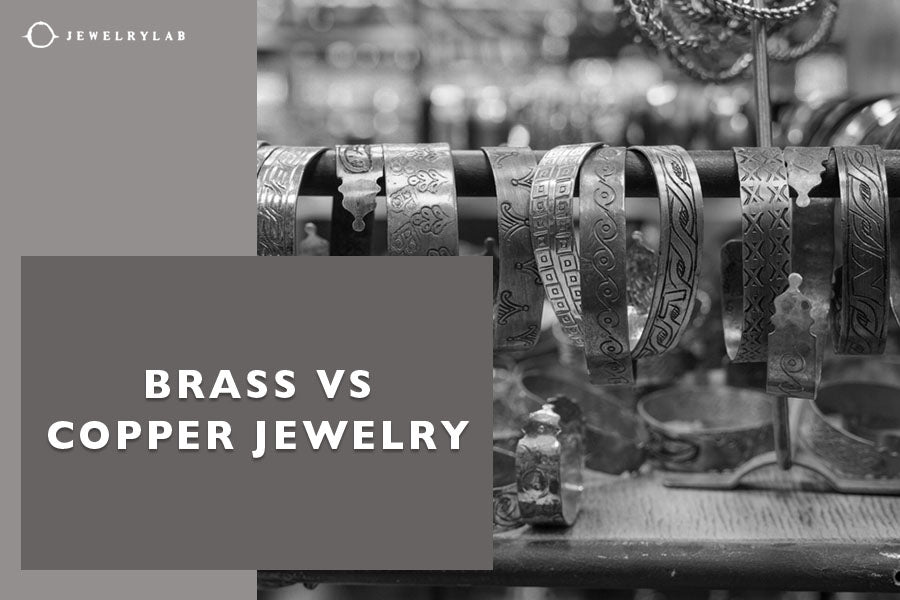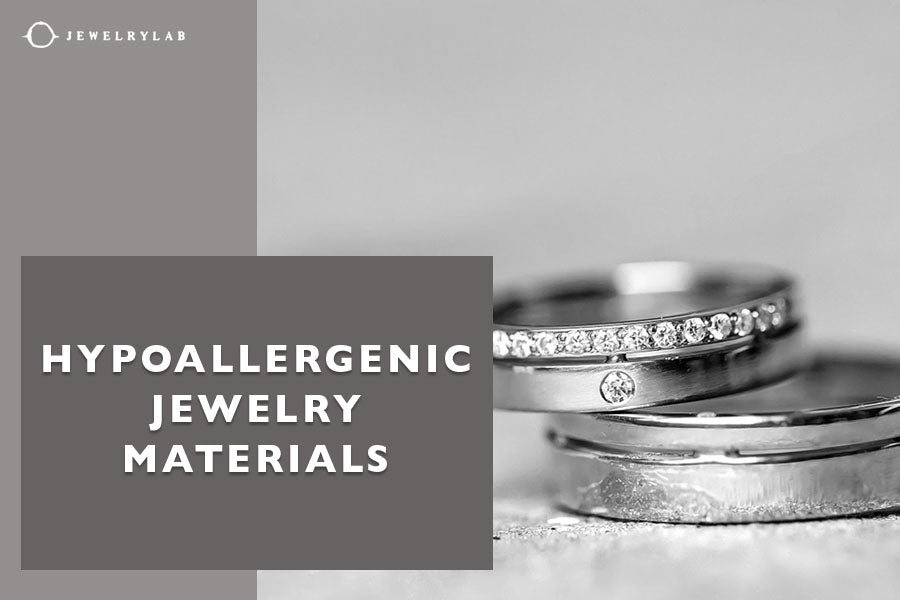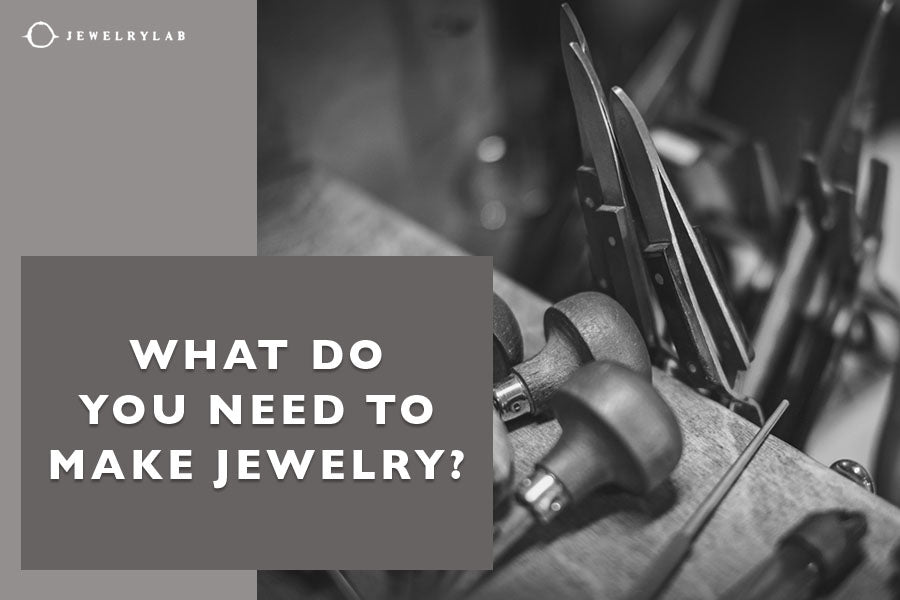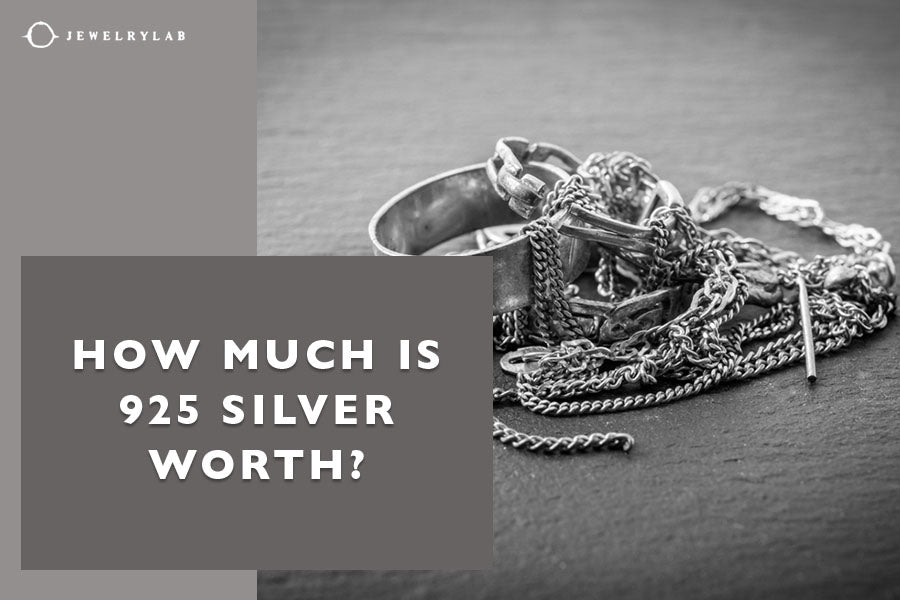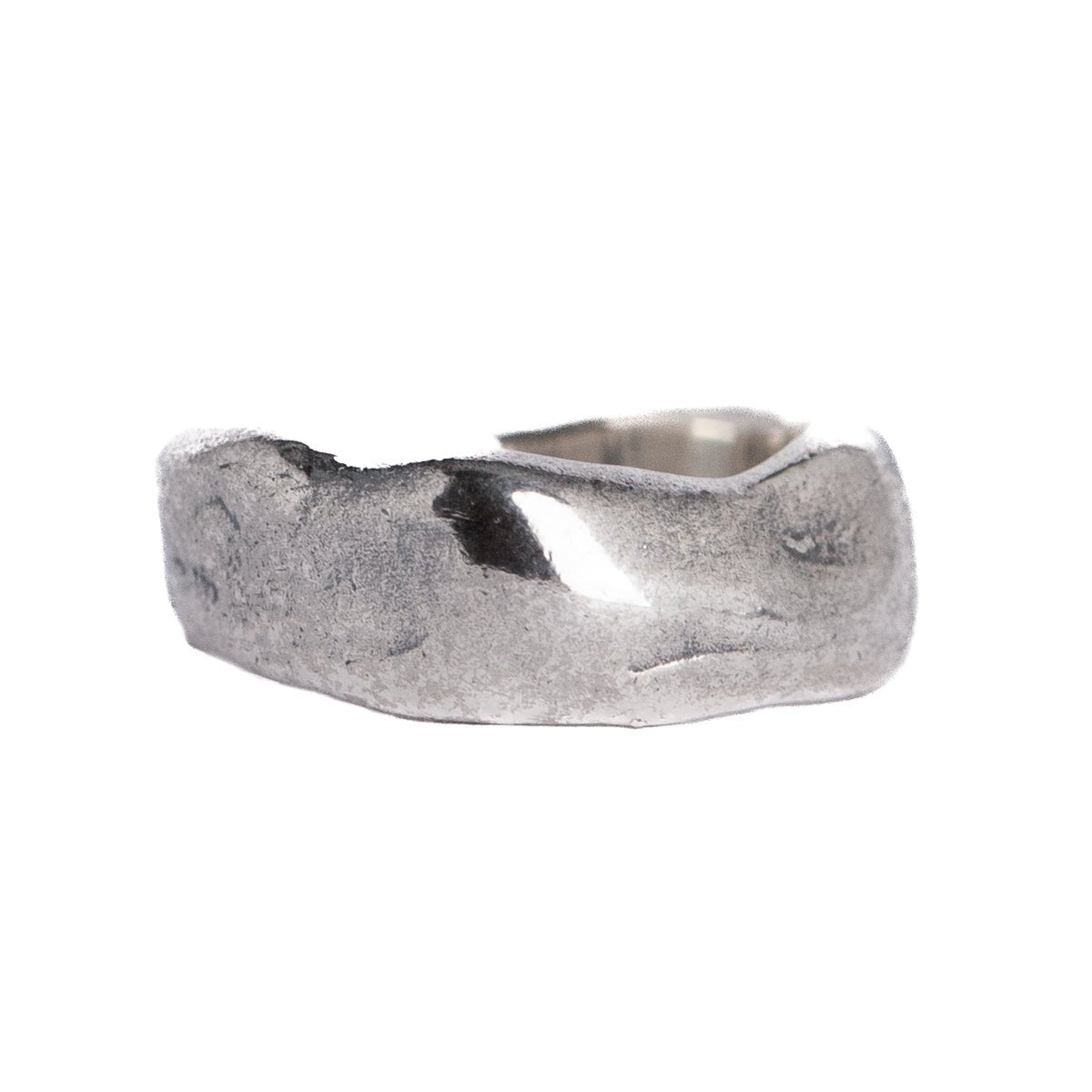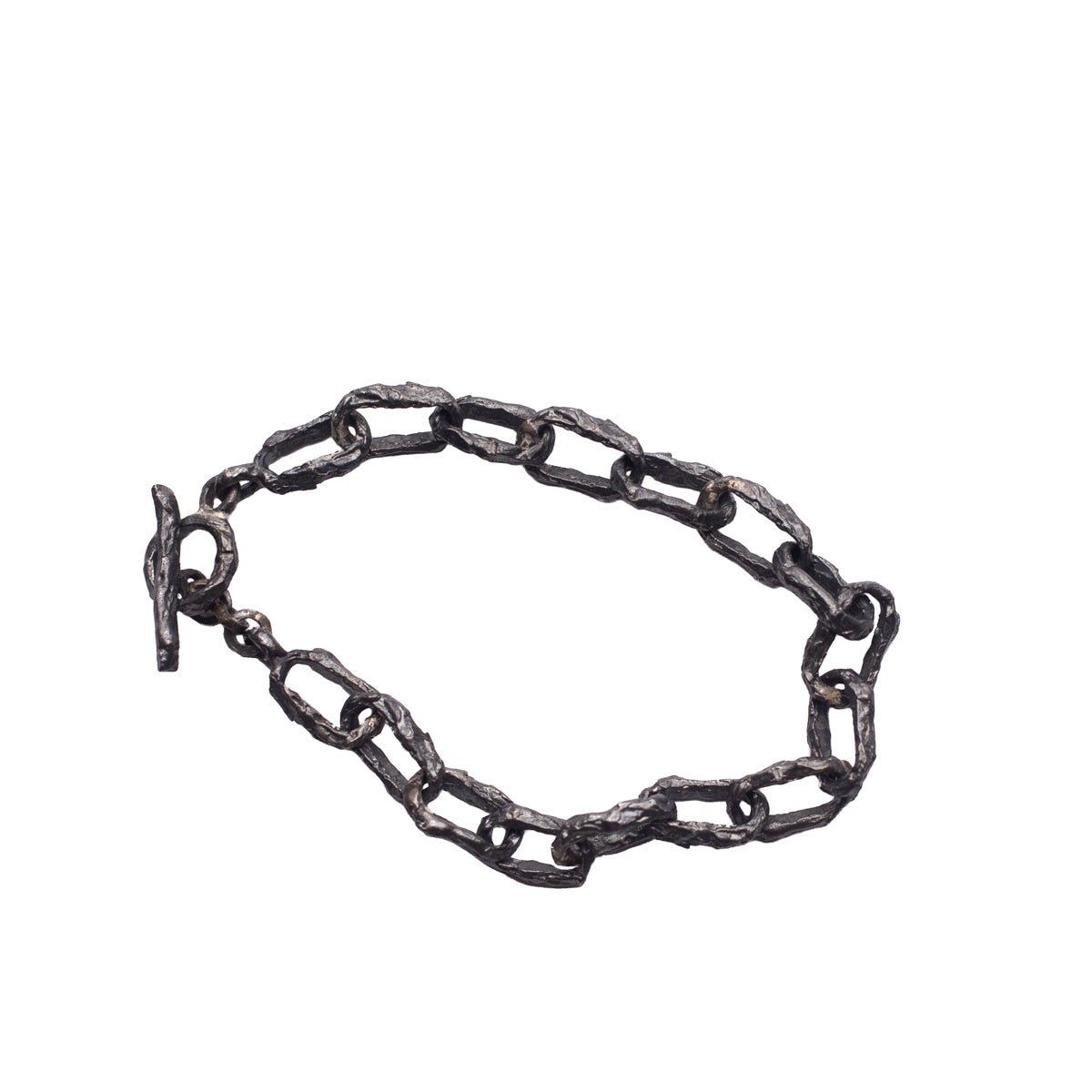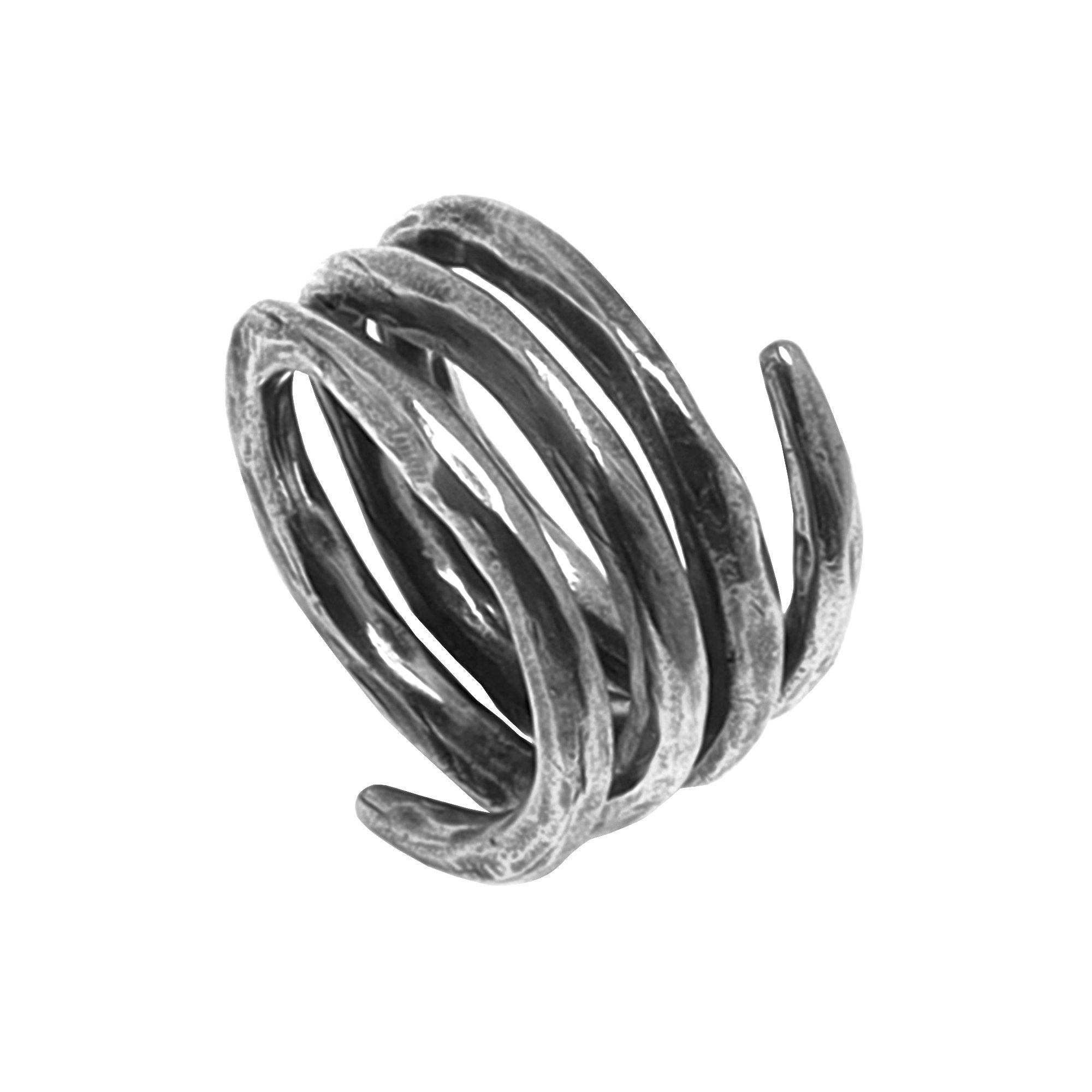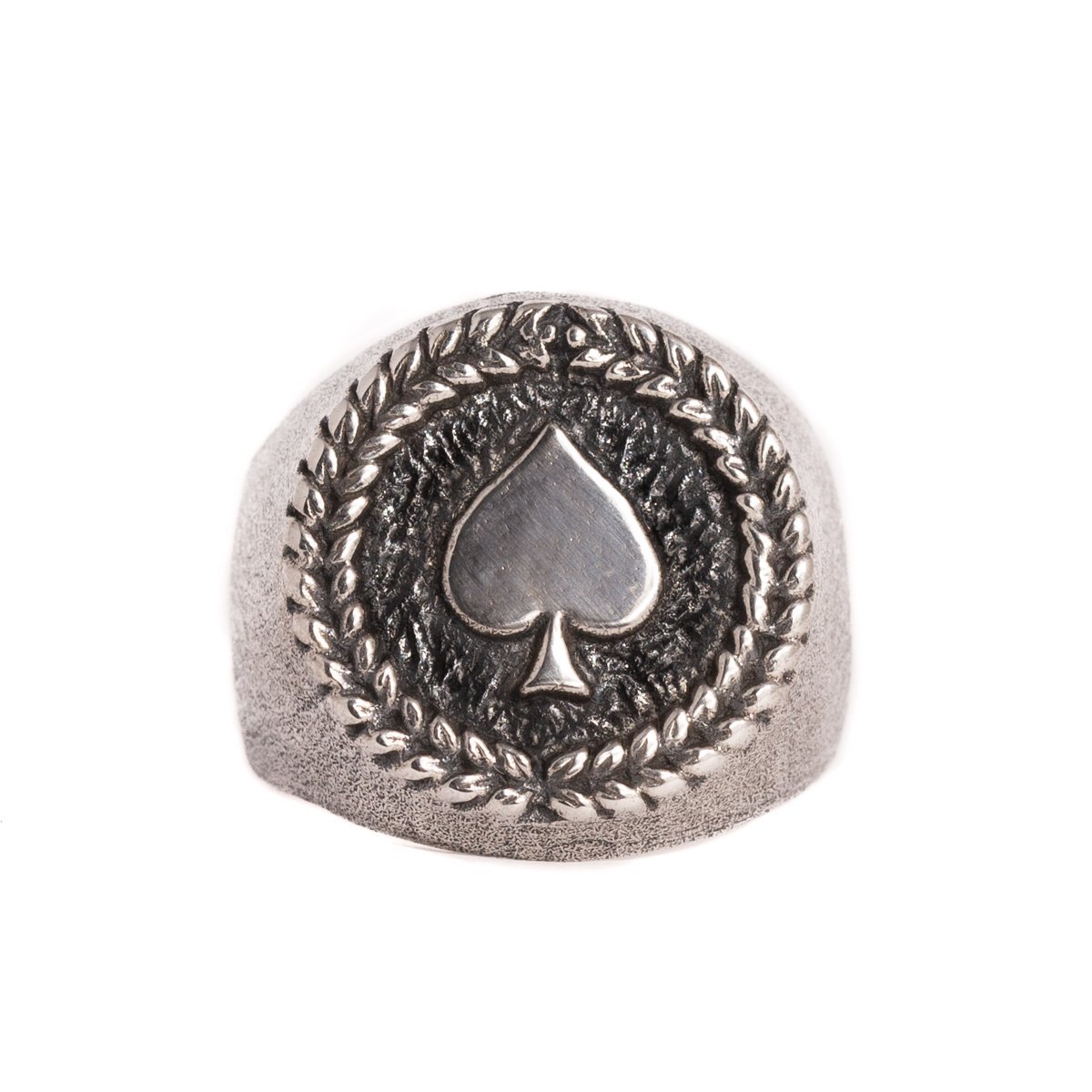by Jesús Zabala - 7 min read
Vintage Jewelry Hallmarks Identification
Nowadays, when purchasing new jewelry pieces, you can learn a lot about them by talking with the seller or reading the description of the online item. But what can you do if you have a vintage jewelry piece? People invented a vintage jewelry hallmarks identification system centuries ago to make your job easier.
If you lay your hand on an older jewelry piece and want to learn more about its value, origin, authenticity and much more, you should put yourself in the shoes of an investigator and look for stamps. Let us teach you the fundamentals of hallmarks used in the past, their beginnings and evolution.
We will also share some resources and tools for identifying vintage jewelry hallmarks. Let’s begin!

What Are Vintage Jewelry Hallmarks?
To understand vintage jewelry hallmarks, we have to define two terms: hallmarks and vintage jewelry. Hallmarks are stamps that can be letters, numbers or symbols found on jewelry that reveal valuable information about the jewelry.
By knowing the hallmark's meaning, you can learn details such as metal composition, origin, date of creation, etc. Hallmarks are typically engraved or stamped on jewelry made from noble metals like gold, silver, and platinum.
Now, what is considered vintage jewelry? Today, it is common practice to categorize jewelry as vintage if it is between 50 and 100 years old. Currently, vintage jewelry hallmarks are considered the ones used in the following eras:
- Art Deco Era from 1915 to 1935
- Retro Era from 1935 and 1950
- Modern Era from 1950 and 1980
In addition to the jewelry age, some like to determine whether a piece of jewelry is vintage according to its style. Jewelry made in the 1980s, before the drastic change in fashion, has a distinct style, and some consider it vintage even though it doesn’t fulfill the age criteria.
Considering everything mentioned above, vintage jewelry hallmarks are stamps found on jewelry made between 50 and 100 years ago.
Origin and evolution of vintage jewelry hallmarks
Inspection and control of the purity of precious metals is an ancient concept. In the 4th century AD, hallmarks were punched on silver to protect consumers from fraud. One of the first ancient hallmarks is of the Byzantine period. Five ancient Byzantine hallmarks have been found, but their exact meaning is not entirely revealed.
Modern hallmarking started in 1260 in France with the Goldsmiths Statute, which set a standard for silver jewelry. 15 years later, King Philip III made a royal decree that also required specific punches for identifying community smiths. Another interesting fact about hallmarking in France is that they used an eagle’s head as a hallmark symbol to identify jewelry made in their country.
In England, Henry III first attempted to regulate gold and silver quality standards in the 13th century. Unlike today, when jewelry manufacturers apply hallmarks, in the early stages of hallmarking, all jewelry and other precious metal objects were examined by authorized governmental assayers, who put the hallmarks on them. During Edward I's reign, the leopard’s head was a universal stamp for silver.
In the period from the medieval times to the mid-19th century, when falsified hallmarks started appearing, their sole purpose was to protect consumers. During the 19th century, most governments started raising taxes on imported gold and silver items.
Hallmarking in the USA
The jewelry manufacturing era in the US started around 1840. The first regulation about hallmarking, the National Gold and Silver Stamping Act, was issued in the first decade of the 20th century. Compared to the European practices, the USA didn’t implement a supervision of jewelry hallmarking.
Techniques used for hallmarking
In the beginning, jewelry pieces were hand-marked. Hand marking is considered a traditional method involving sticking a hallmark using a hammer and a punch. As the equipment and tools for jewelry-making advanced, hand marking was replaced with press and laser marking.
Characteristics of vintage jewelry hallmarks
The periods regarded as vintage have many trademarks, much like the ones we have now. Vintage jewelry hallmarks can reveal important information about the jewelry piece, including:
- Country of origin, sometimes even the city where the jewelry was manufactured or hallmarked
- Year of creation
- Period of hallmarking, which is referred to as date letters
- Alloy composition, known as purity mark
- Maker’s identity
- Sellers identity
- The piece’s weight during hallmarking
- Country and city of import or export

Vintage Jewelry Hallmarks Identification
Before you start with the identification of vintage hallmarks, you must learn how to tell if jewelry is vintage. Although experienced appraisers can help you in this field the most, you can also get a good estimate of the jewelry by using some of the most commonly used methods. Here are the most common ones:
Determine the jewelry style
Each jewelry era has distinguishing characteristics. For instance, the Art Deco era is characterized by geometric shapes with shiny gemstones. It was a time when jewelry makers emphasized symmetry and clean lines.
The following era had a retro jewelry style famous for focusing on large gemstones such as amethyst, topaz, moonstone and aquamarine. The most common motifs in the Retro era were flowers, animals and volutes.
This period in jewelry making was also a time for innovations and when invisible settings, convertible jewelry and snake chains were invented. Due to the war and the need for rationalizing resources, more affordable materials were used instead of noble metals, like glass, rhinestones and plastic.
The Modern era was quite a diverse jewelry period from the 1950s until the 1980s. In the 1950s, jewelry with leaf and Victorian flower motifs was popular. The next decade was characterized by flowers and geometric shapes.
During the 1960s and 1970s, yellow gold was the most common choice. Ultimately, the 1980s were the decade of neon and noticeable colors. Pearls, colored stones and small diamonds were the most popular.
Check the jewelry craftsmanship
Manufacturing methods can also be a distinguishing factor for vintage jewelry. The most noticeable signs that a certain piece of jewelry was made before the 20th century are the usage of hand engraving, milgrain and filigree.
Moreover, if the jewelry has gemstones, their shape might have certain irregularities in the settings. Also, the hand-cutting can be noticeable.
Materials used
All jewelry materials we use today have a certain period when they were first used in the industry. For instance:
- Bakelite was first used in 1907.
- Camphor glass was implemented in jewelry making in the late 19th century.
- Foil opals are the invention of the Victorian era.
- Palladium jewelry was first made in the 1930s.
Interpreting vintage hallmark symbols
Once you are sure your jewelry is vintage, you can move on to identifying the hallmarks. For instance, some period jewelry pieces have antique marks that indicate the year of production. The letters from A to Q indicate the years from 1868 to 1884.
Starting from 1885, symbols were used to resemble the jewelry age. Here are some examples:
- A horseshoe is from 1905.
- A sword is from 1915.
- An arrow is from 1923.
- An elephant is from 1930.
The year marking was stopped around 1933, and a practice was established to add a geometric cartouche with a numeral inside instead of a symbol. Each geometric cartouche is associated with a decade of manufacturing, while the number inside indicates the exact year. As a reference, here is the meaning of the geometric shapes:
- Square - 1940s
- Five-sided polygon - 1950s
- Hexagon - 1960s
- Heptagon - 1970s
- Octagon -1980s
Regional variations in hallmarking
You should be aware that there are regional variations and specific hallmarking systems. For instance, there are four assay offices with distinct hallmarks in England.
The London office uses a leopard’s head. If the leopard wears a crown, it indicates the jewelry was made between 1478 and 1821. During the period of 1697 and 1719, a leopard profile was used.
The Birmingham assay office uses an anchor, while Edinburgh stamps a castle on the jewelry manufactured there. The Sheffield Assay Office used a crown to designate silver from 1773 until 1973. From 1903 until 1973, gold was marked with a rose, and after that, the rose became a universal hallmark for both silver and gold.
Resources and Tools for Vintage Jewelry Hallmark Identification
You should have the proper tools and equipment to see the hallmarks clearly. Typically, you will need a loupe and jeweler’s magnifier.
When you know what symbol, letter or picture to look out for, you can use both online resources and books to determine their meaning. Some helpful resources are:
- Online Encyclopedia of Silver Marks, Hallmarks & Makers’ Marks
- Goldsmith’s Company Ask the Library service
- Hallmark Research Institute
- Texas Jewelers Association Reference Sites
- Invaluable

Conclusion
Vintage jewelry hallmarks identification is a crucial skill for collectors, appraisers and enthusiasts. Knowing the meaning of jewelry hallmarks can provide valuable information about the jewelry piece, such as origin, age, authenticity, designer and much more.
Recognizing and interpreting jewelry hallmarks will enhance your appreciation for antique jewelry and help you understand its value and legacy. Happy exploring!
-
DESIGNED & HANDMADE IN BALI
-
FREE RESIZING FOR EVERY PIECE
-
FREE SHIPPING ON $150+ ORDERS
-
100% SAFE & SECURE CHECKOUT

